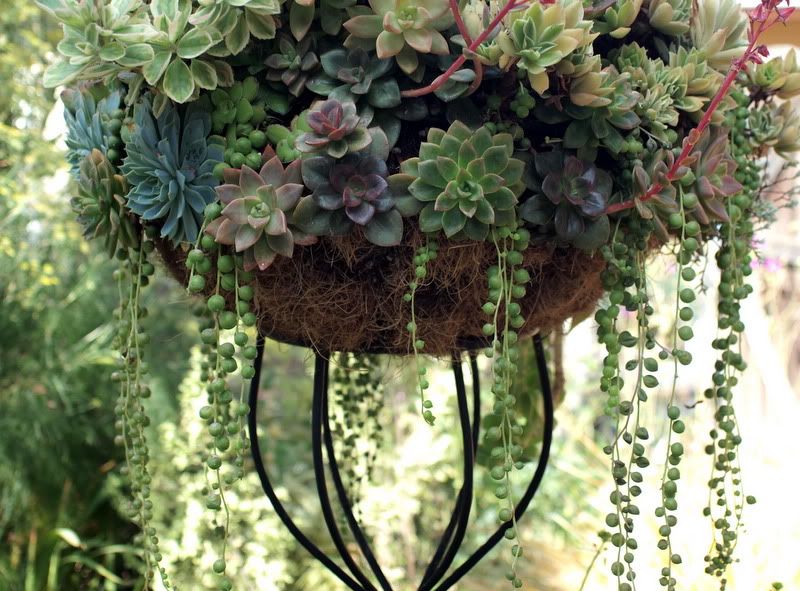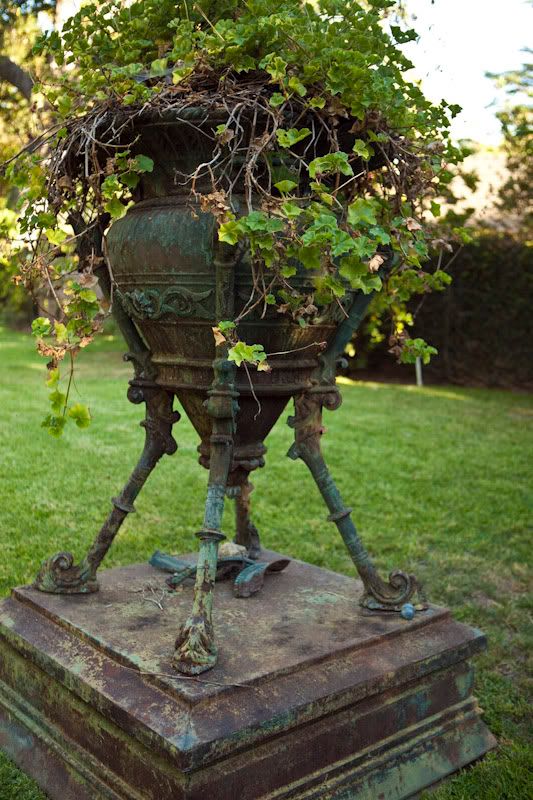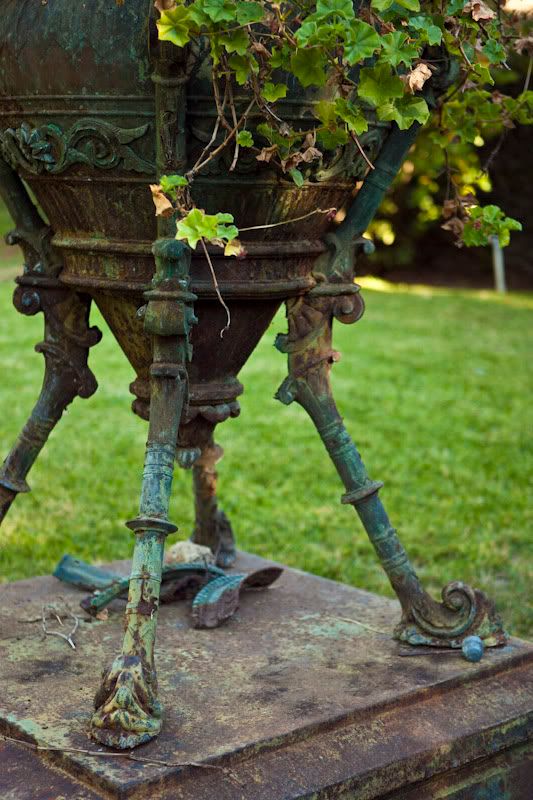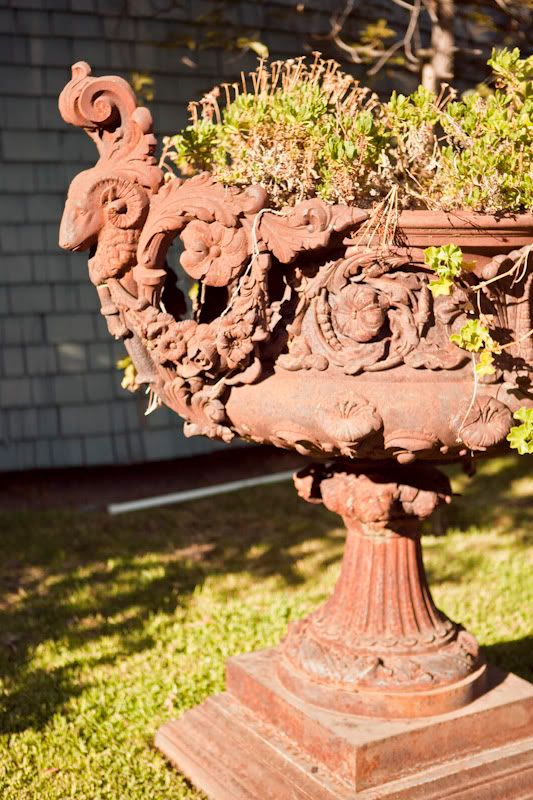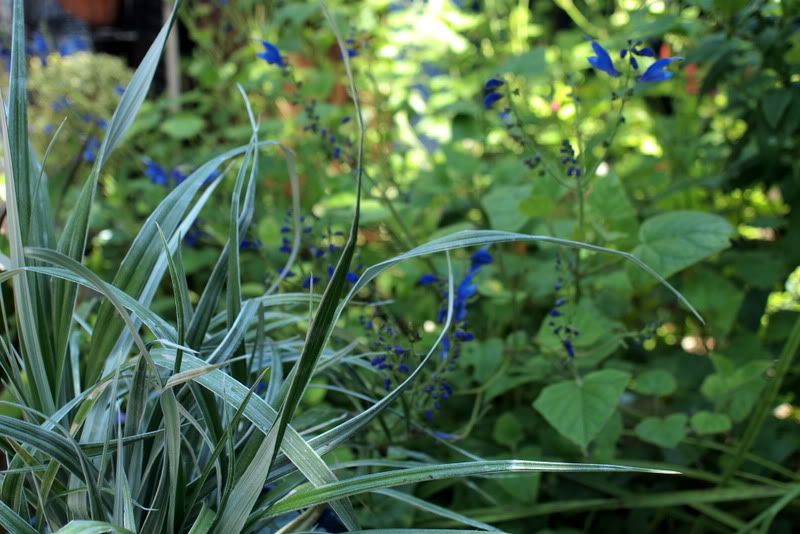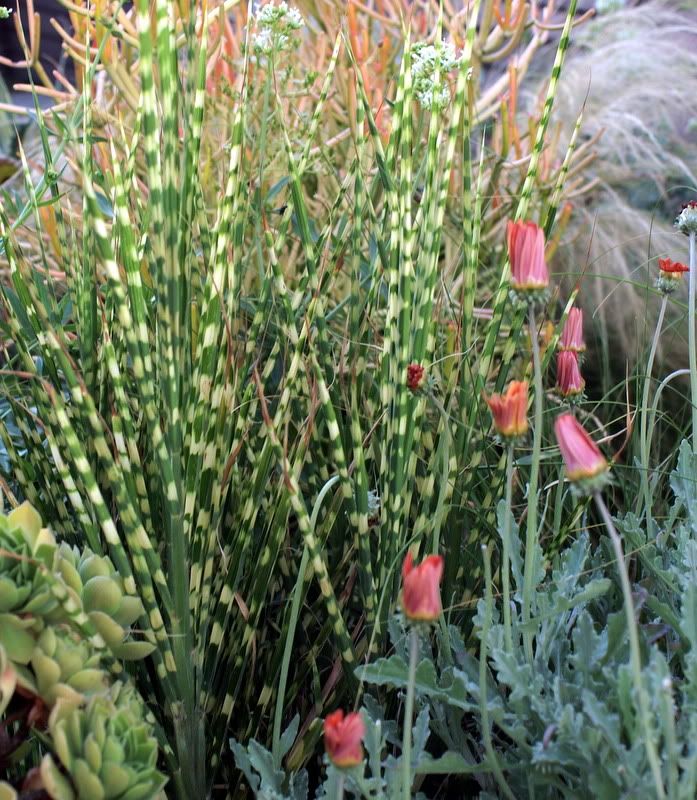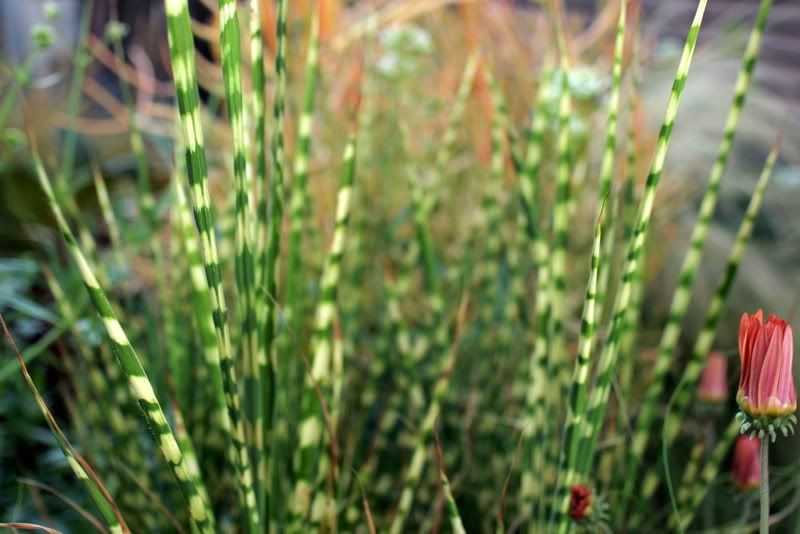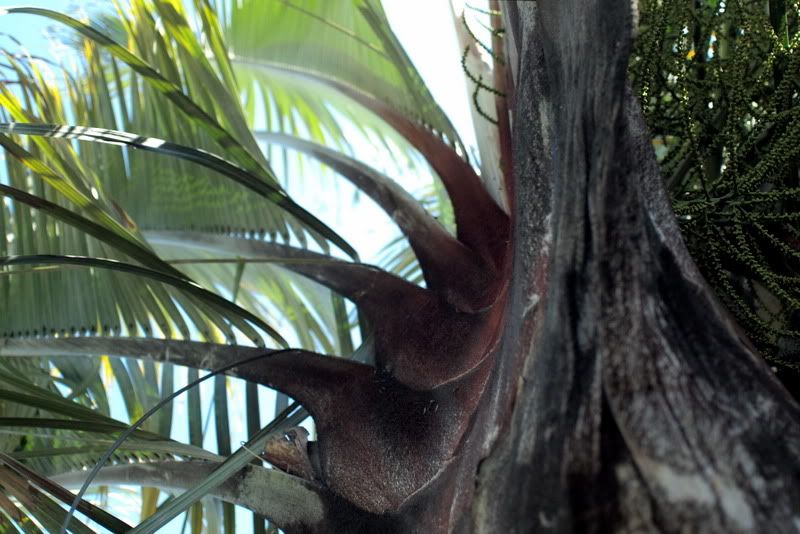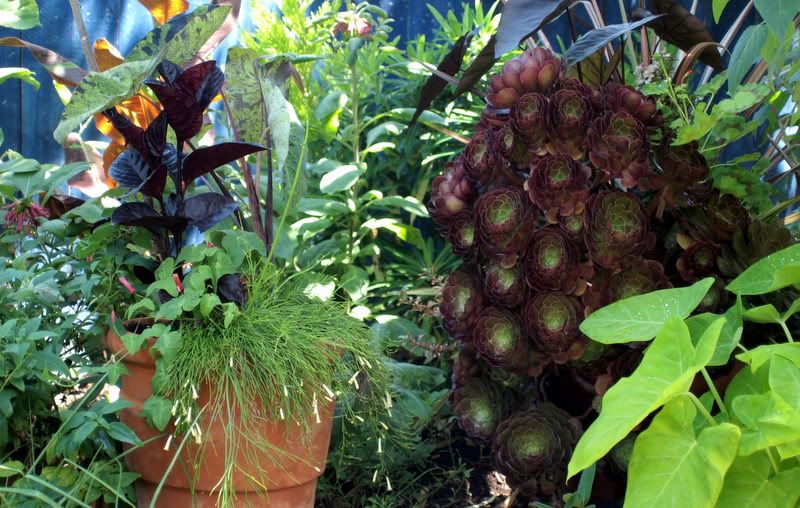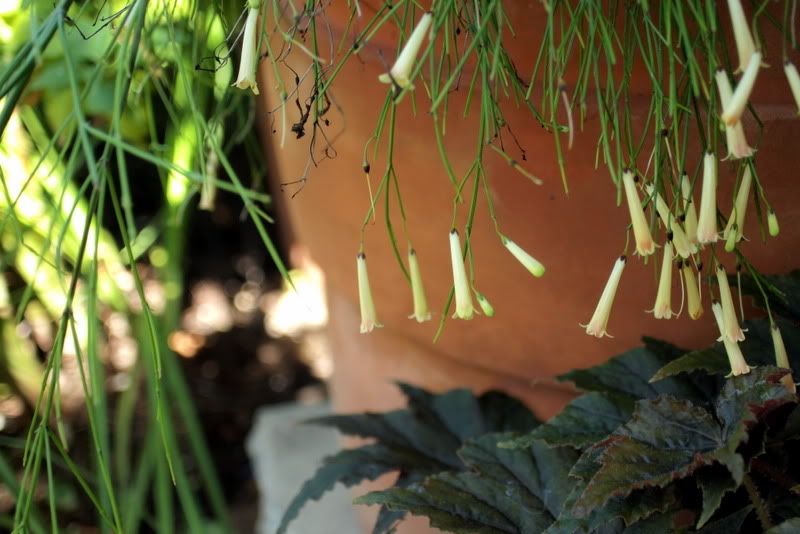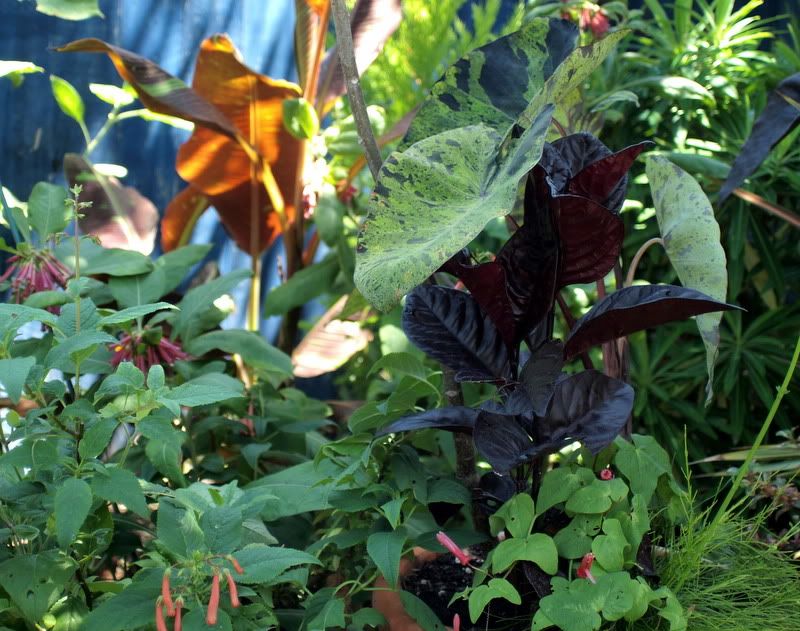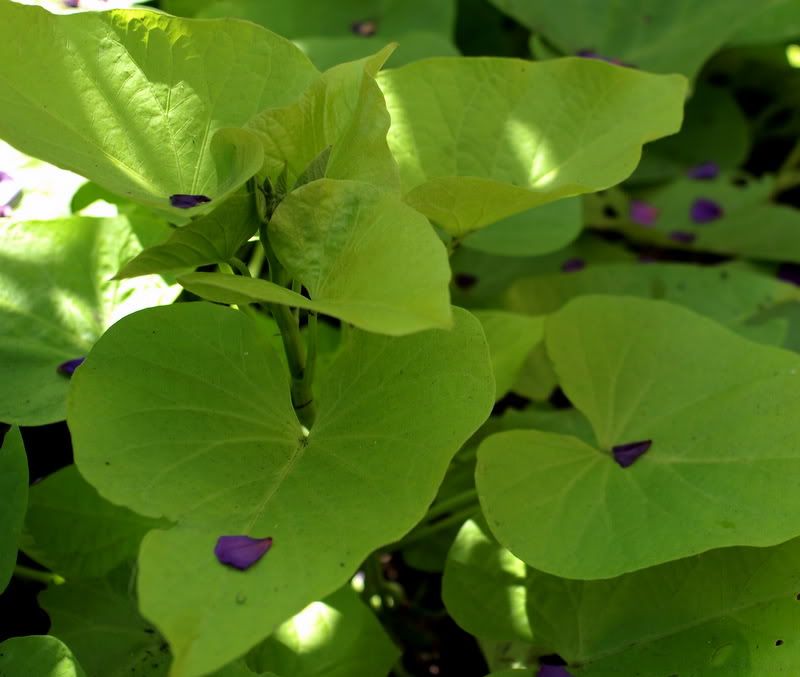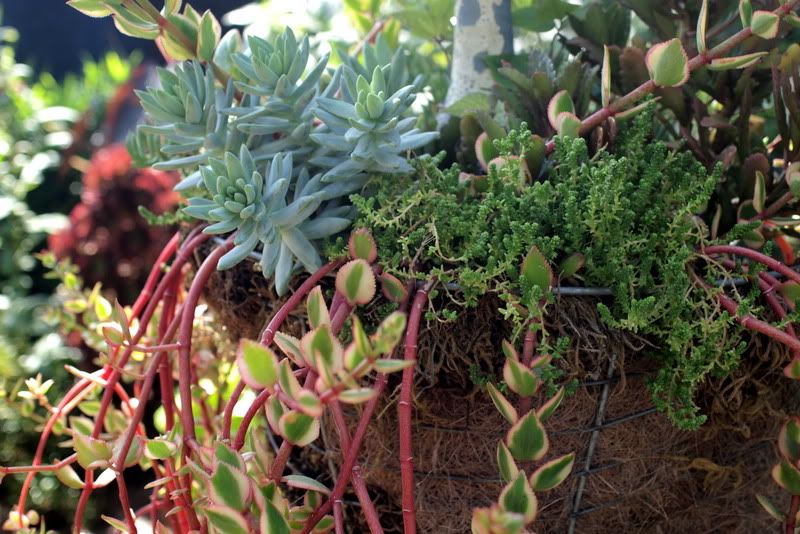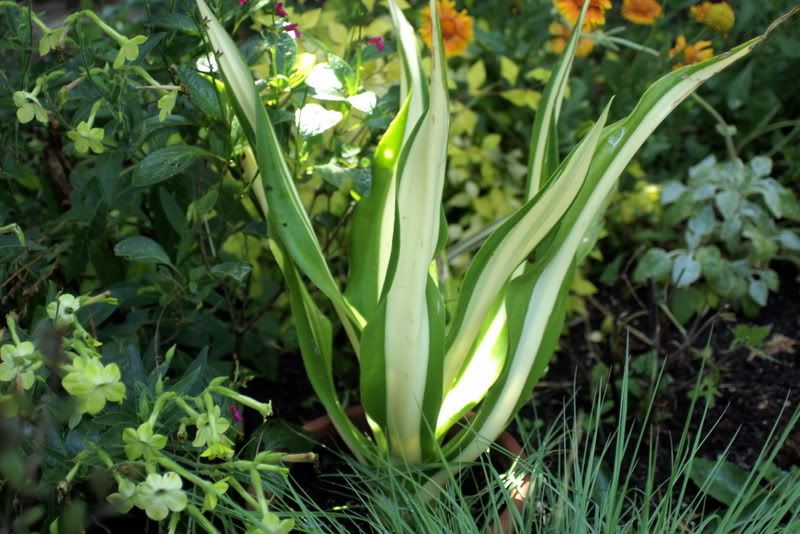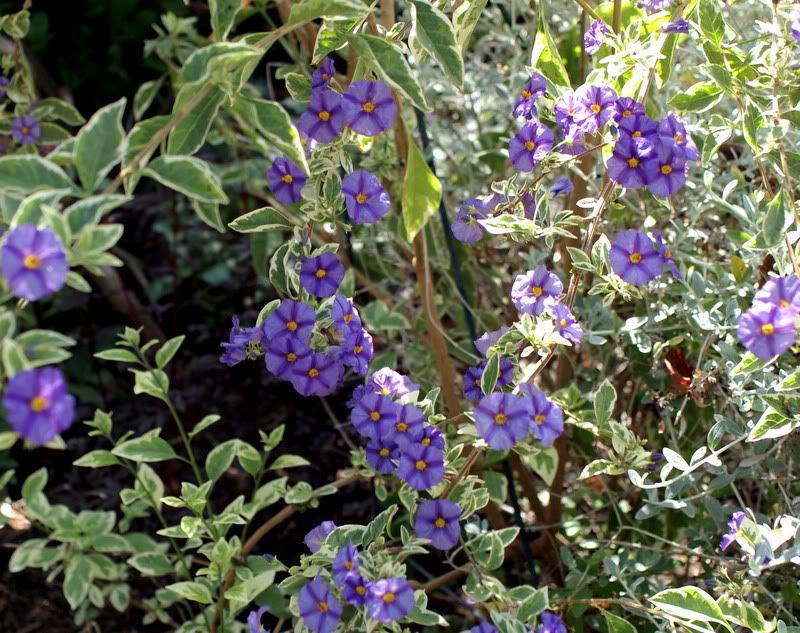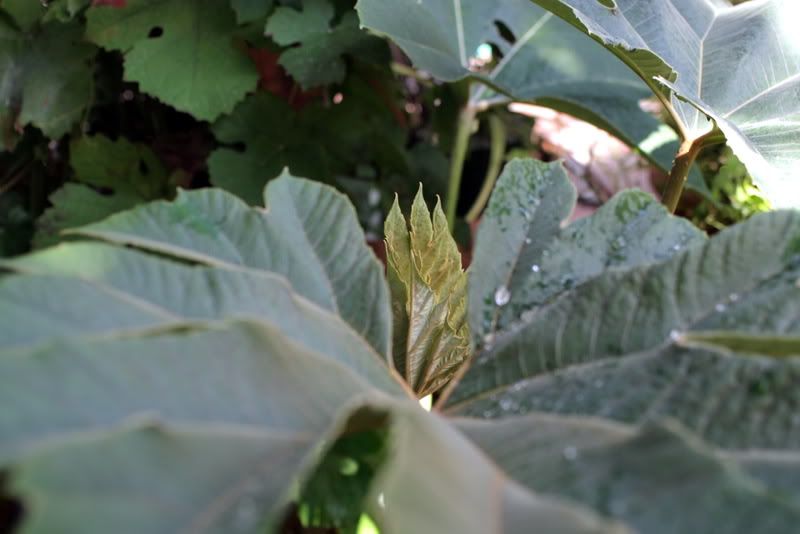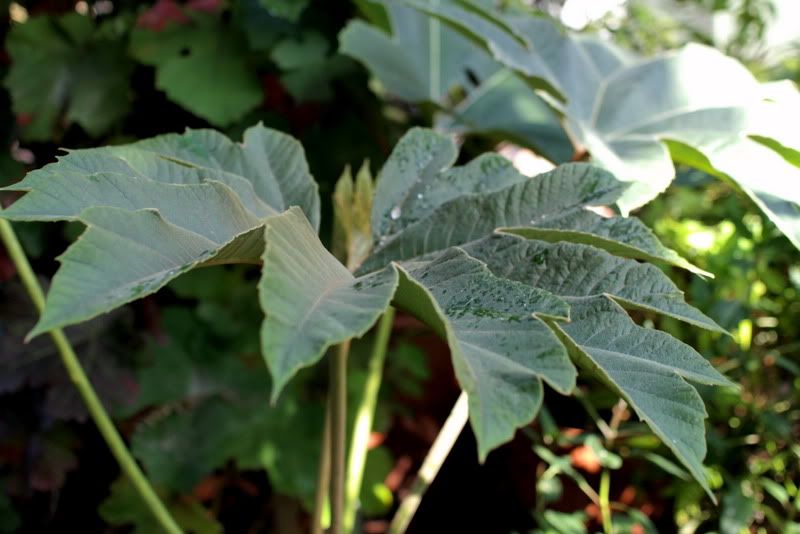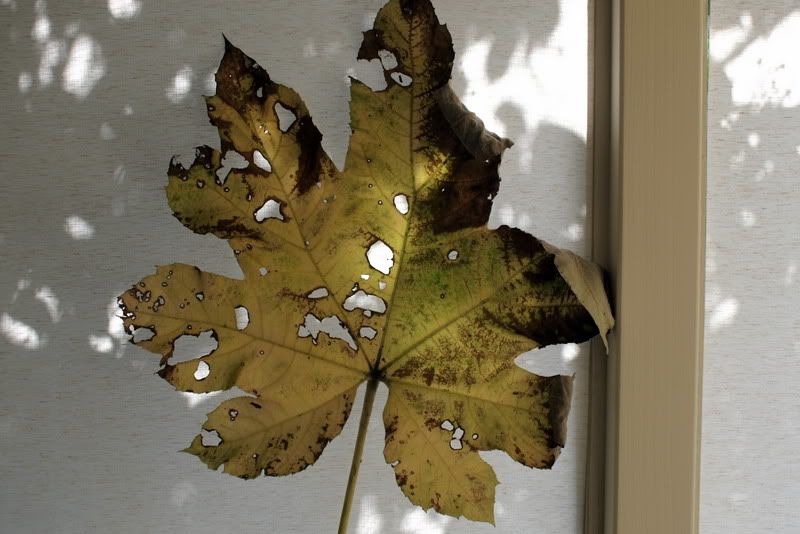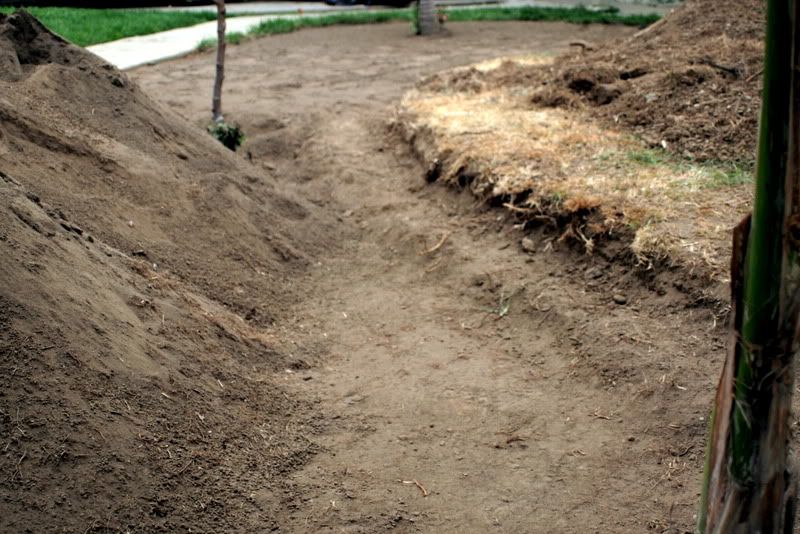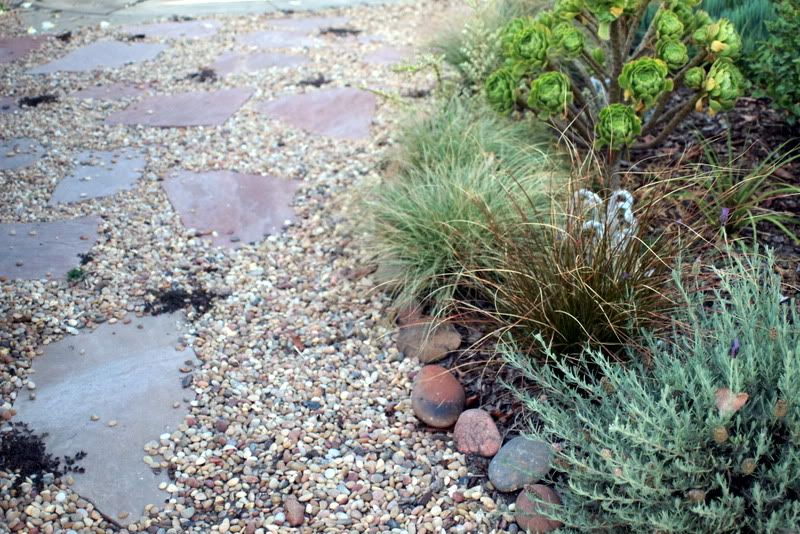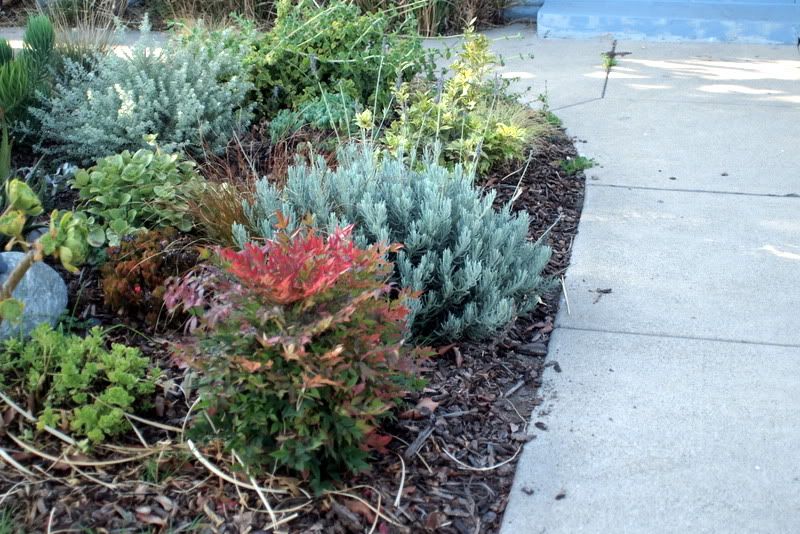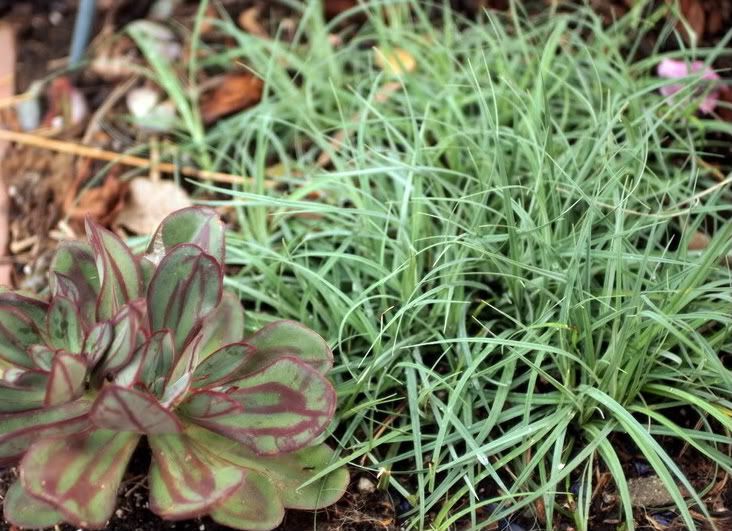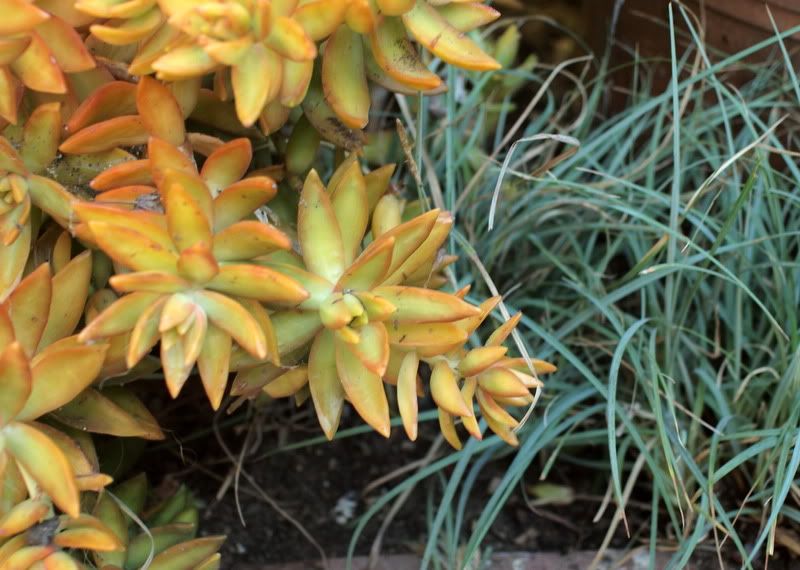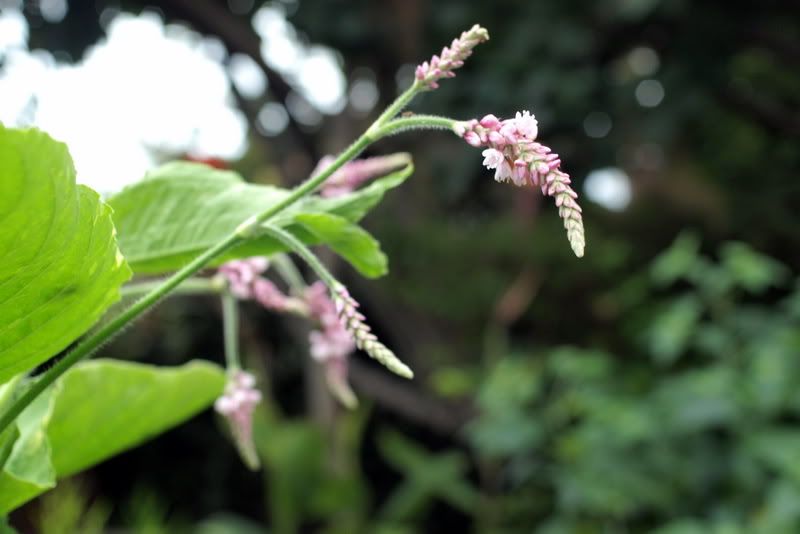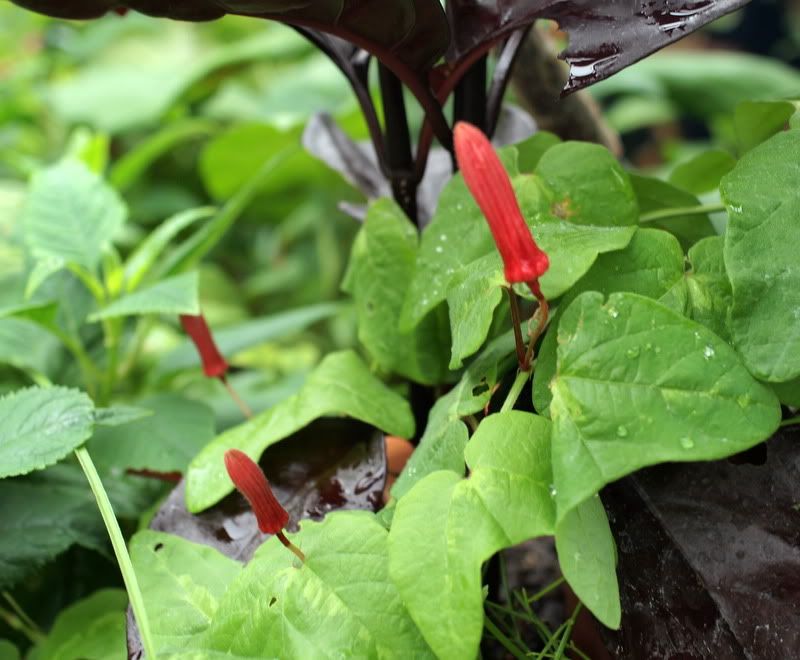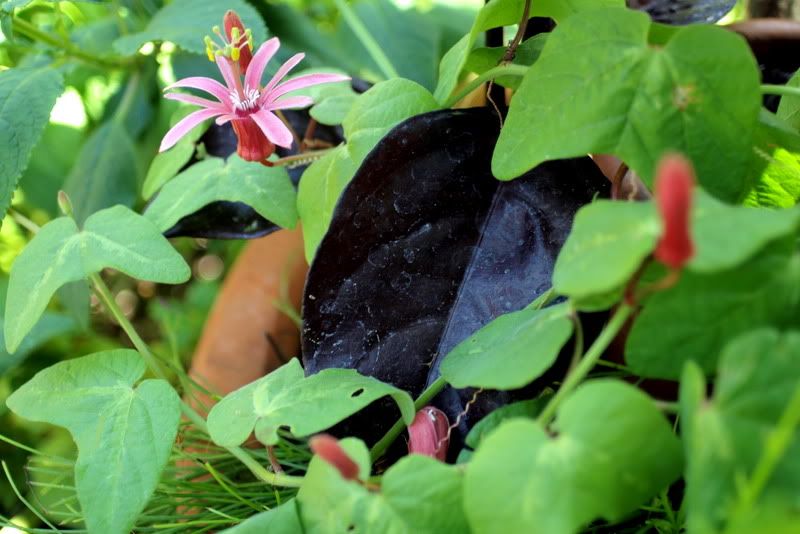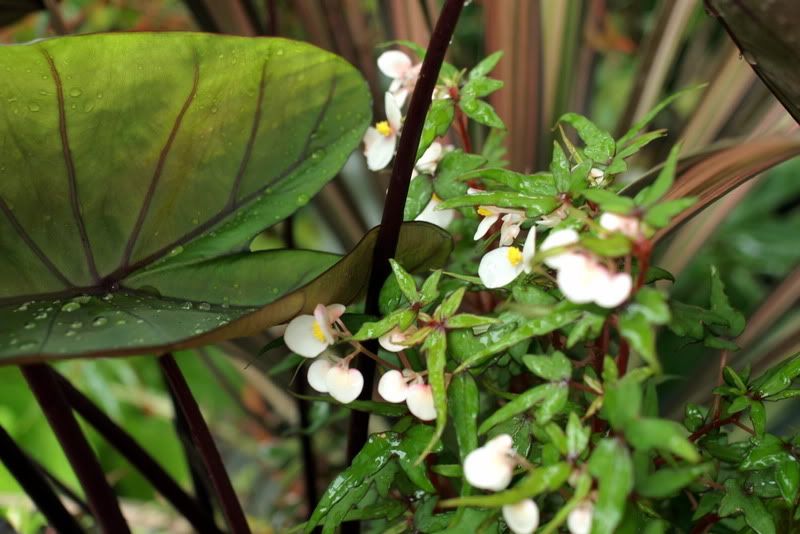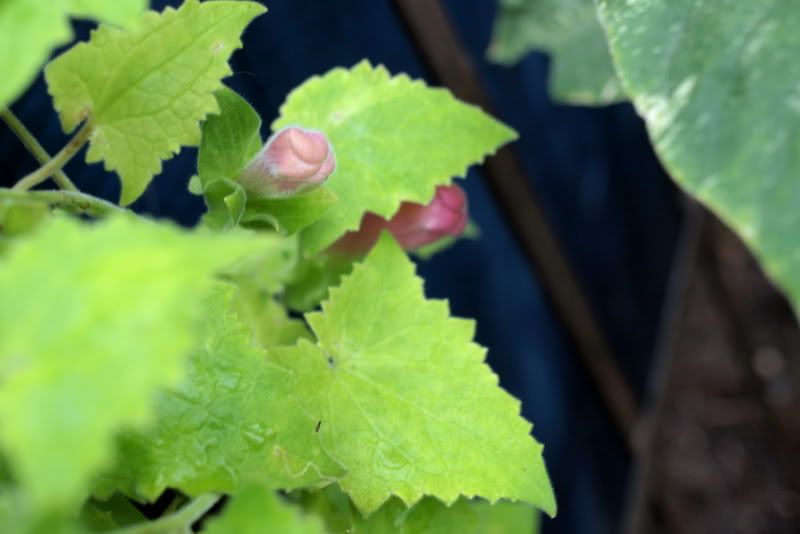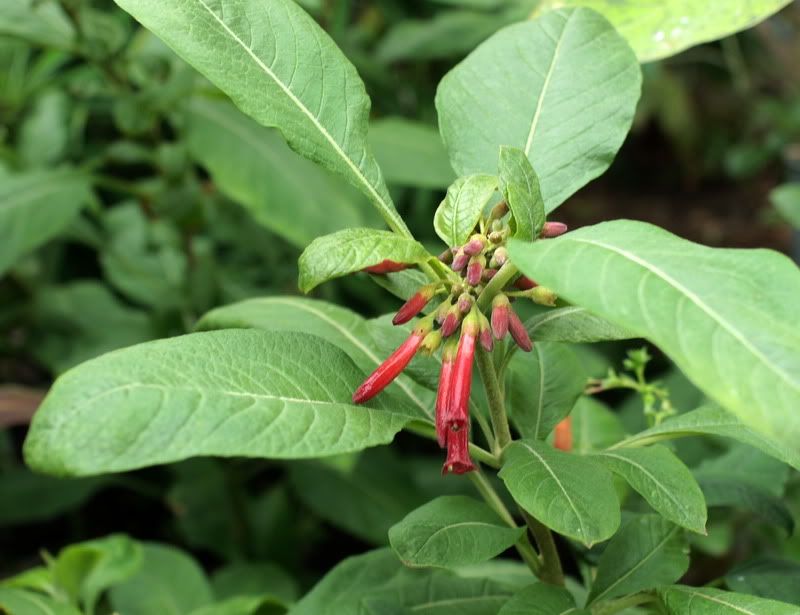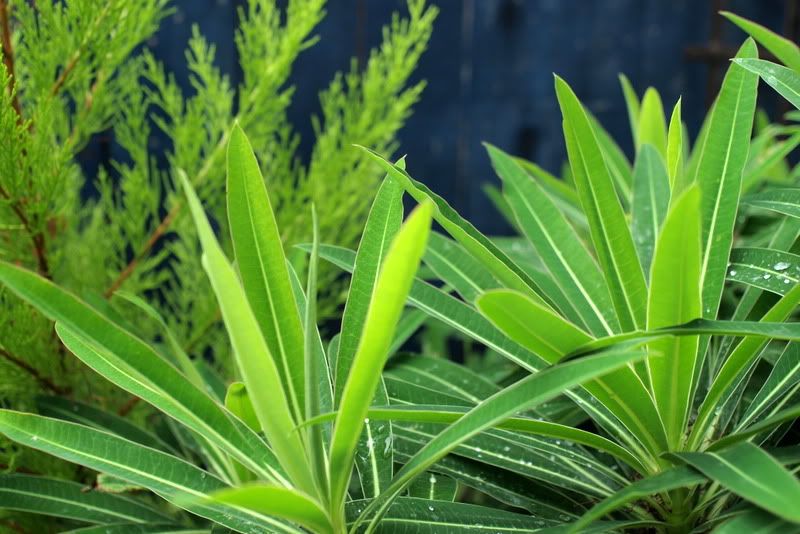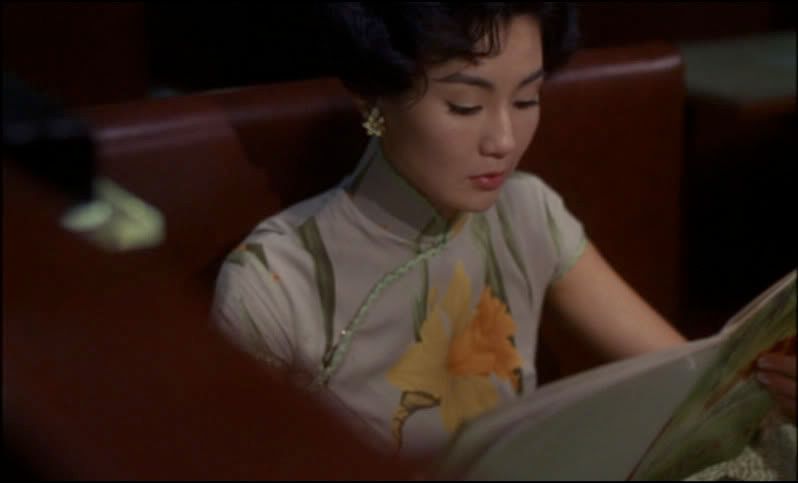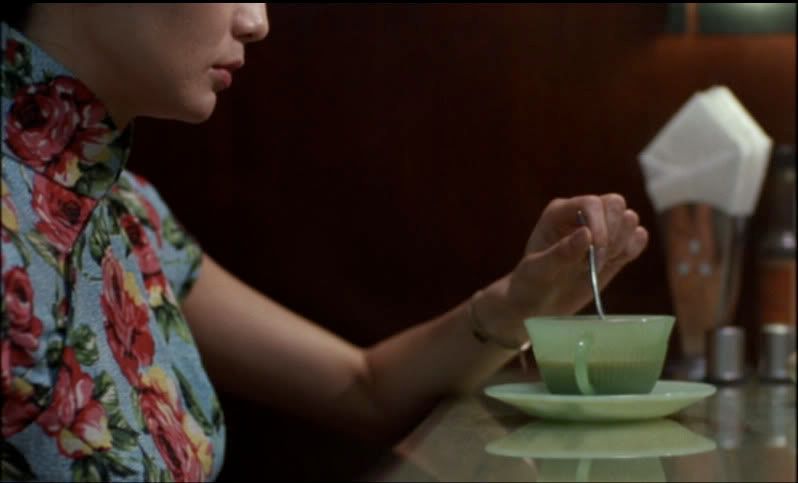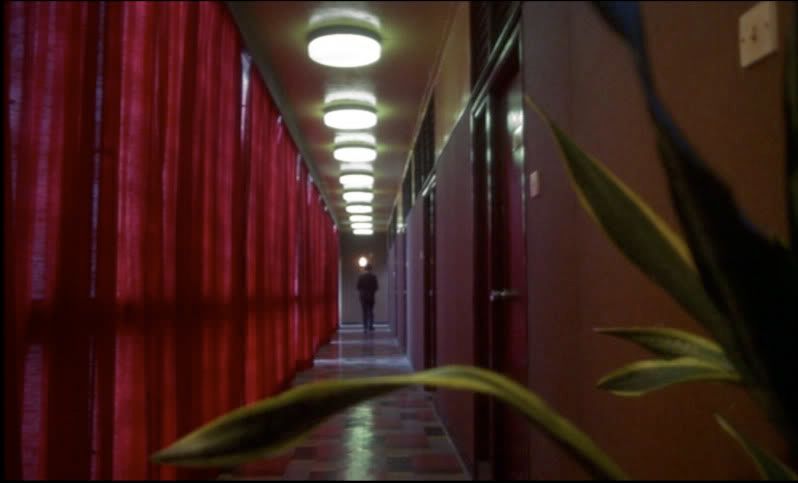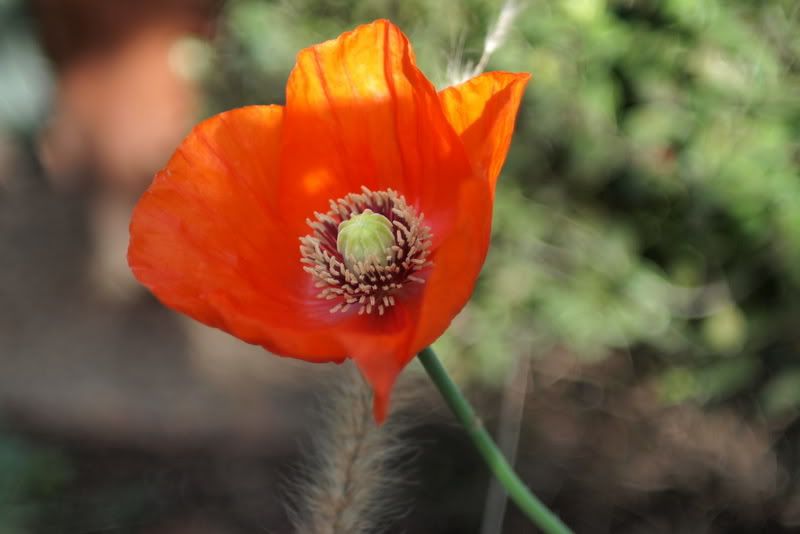More detailed information on living walls keeps trickling in, this piece from today’s LA Times, where Emily Green takes a contrarian stance. I have to admit, I’ve been silently skeptical but nevertheless reading all I can on this trend. The jury is still out on how resource intensive these creations will ultimately be or their efficacy in performing carbon sequestration, whether they will be the cure for “sick” building syndrome, but I think we can all agree that, visually, they’re simply irresistible.
Amidst all the hubbub, some intrepid souls have been quietly doing their own experimenting with the basic concept of growing plants vertically.
In September 2007 the LA Times reported on a living fence in an article entitled “Fence As Living Mural.” Using the definitions from the ASLA Sustainable Design and Development blog link that Ms. Green provides in today’s LA Times piece, this would fall under the category of a “fedge,” which “consist[s] of a framework structure that keeps the system upright, vegetation layers and an internal growing medium such as soil.”
I don’t live far from this home, so have been keeping on eye on the fence’s progress. Here’s photos I took of this living fence/fedge this morning.
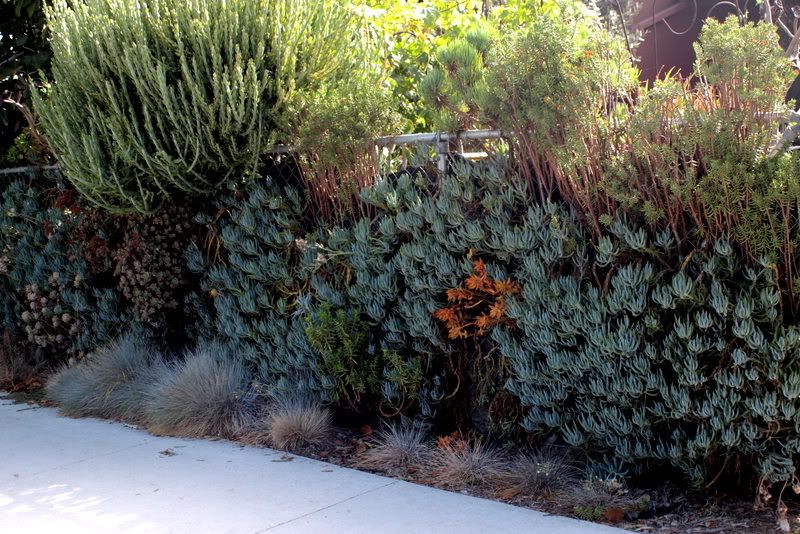
The framework structure is run-of-the-mill chain link fence, the soil held in place by shade cloth, almost a steam punk version compared to the cutting-edge technologies employed by the progenitor
Patrick Blanc for true living walls. In the three years since the article was written, this fedge has nearly swallowed up its infrastructure. There are gaps mostly at the top, which could easily be tinkered with and filled in, but I had the impression that this living fence is not fussed over. Old flowers weren’t clipped off. I picked off some fast-food trash tossed by passersby for a clean photo. (Barbarians!) Shade from a fig tree at one end was causing the most gaposis in the plant growth. Festuca grass grows along the bottom and is obviously struggling in the dry soil. I checked the soil at the top of the fedge, and I’d be surprised if it’s been irrigated since the last winter rains.
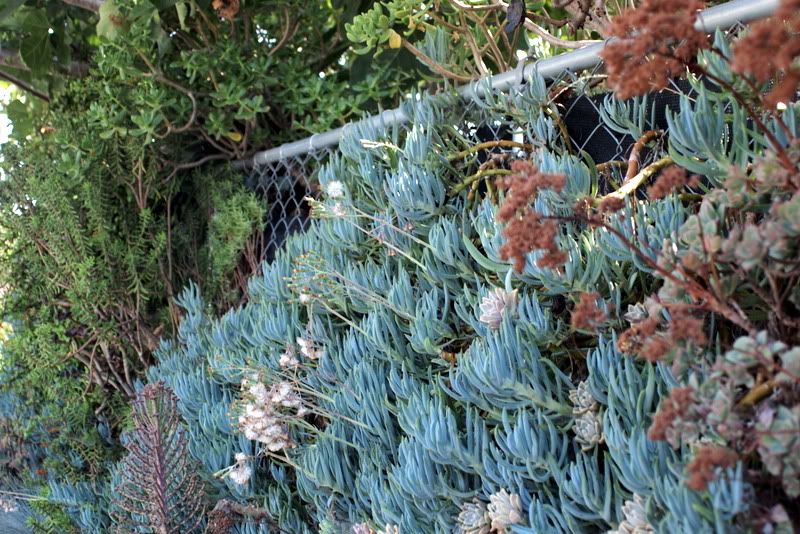
The vigorous Senecio mandraliscae dominates the planting. In my own garden, this succulent responds to trimming by growing back more dense, just as it is doing on the fedge. This is not the project to show off your dainty succulent treasures but to muster only the burliest and the toughest. Note the fedge’s slim profile. Only the festuca slightly encroaches on the sidewalk.
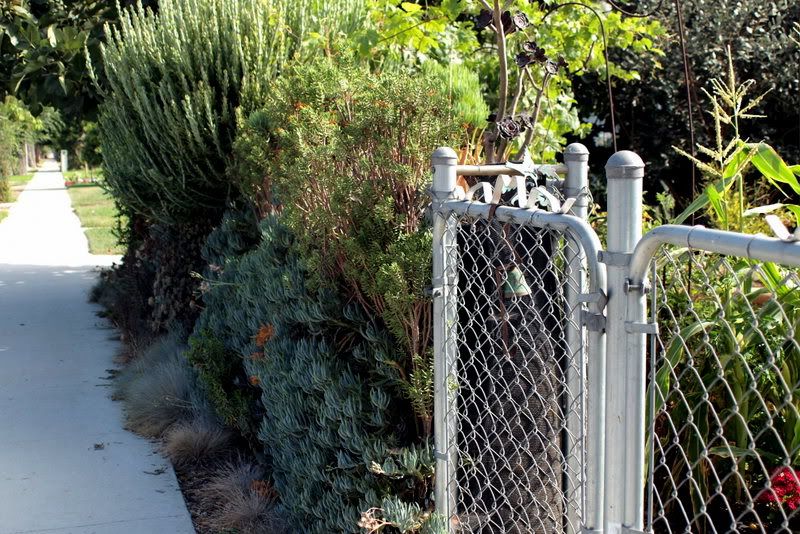
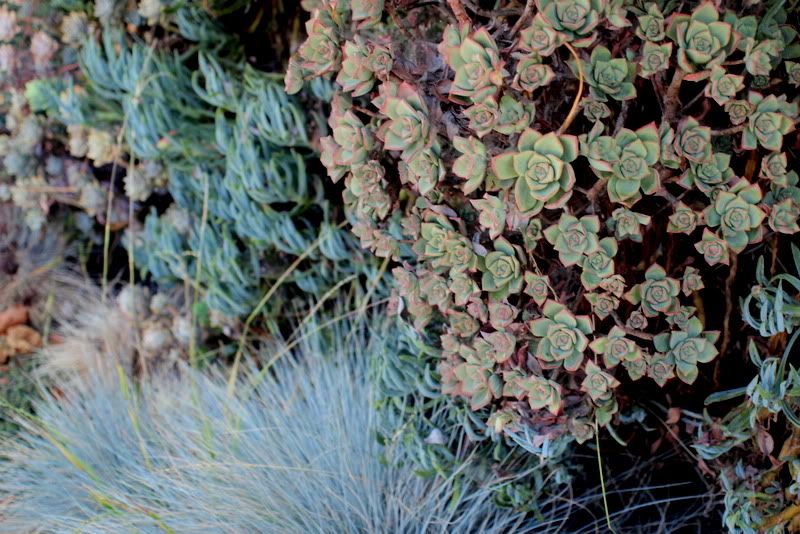
Kalanchoe daigremontiana, the mother of thousands, should only be unleashed with the utmost care. The MOT has met its competitive match on this fedge.
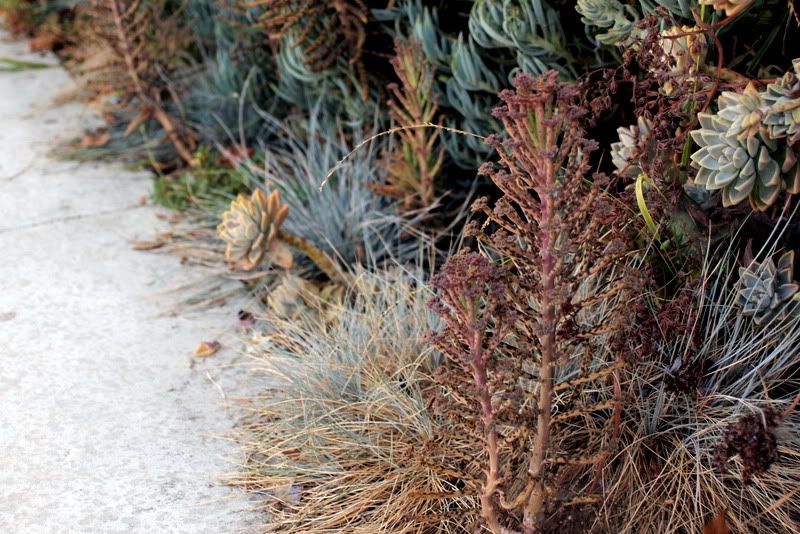
This is a closeup of that glorious bulge in the center of the fence, seen best in the first photo. I’m guessing it’s a plant that proved too large for the fedge, that’s now being topped to keep it in scale, resulting in this incredible textural explosion. I need a name! (Edited to add: Senecio anteuphorbium)
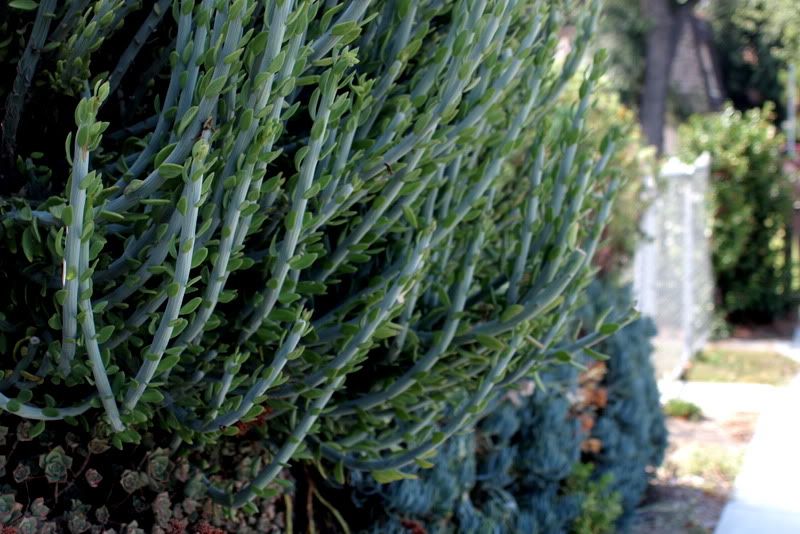
Whatever the form, whether the fedge or the “green facade wall,” I wholly sympathize with the impulse to live up close with these plants. Playing with succulents gratifies the hunger for order, pattern, and texture in a discrete space. The rest of the garden can teeter on the brink of chaos, especially in high summer, but these plants never lose their structural cool. It must be this eminent composure and containability that plays a big part in their appeal.
A closeup of sedum on one of my mossed creations, which puts their intricate patterns at eye level.
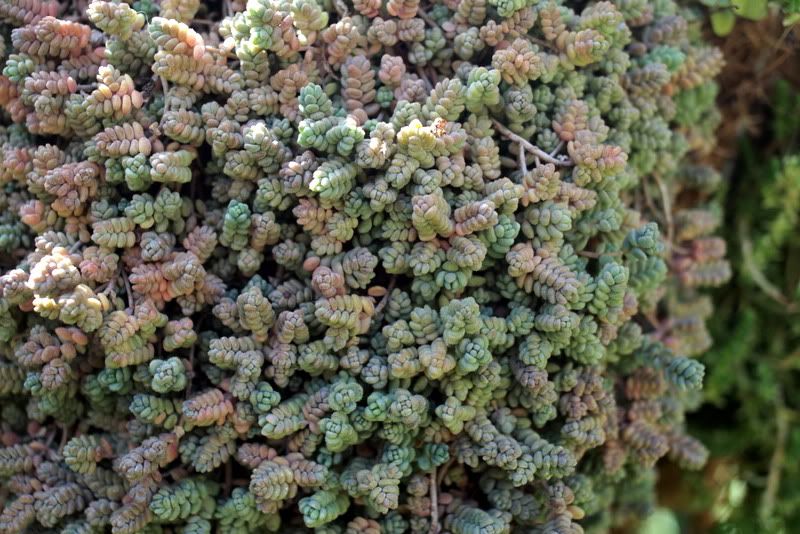
I’ve got to admit, though, that I’m not a fan of the aesthetics of the Woolly Pockets, even knowing that their green credentials are impeccable.
I get enough eye rolling at home over my outre mossed creations. Still, the more experimentation, the sooner we’ll figure out what works.
